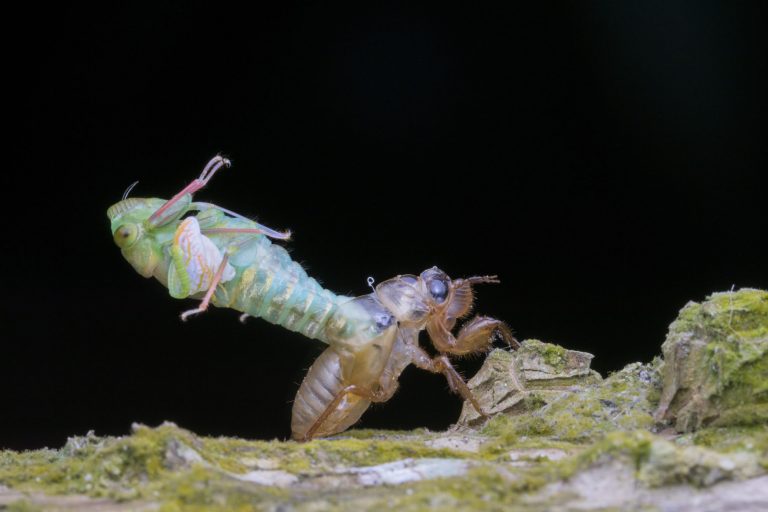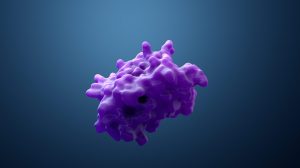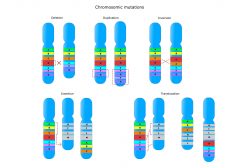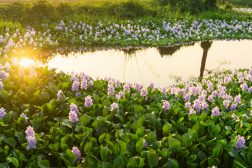Growth Patterns

Cicada shedding its old shell for a new growth
Table of Contents
When measuring growth, it is more desirable to use dry mass as a reliable indication. However, since you can’t just ‘suck’ an organism dry, we tend to measure growth as an increase in height or ‘fresh’ weight.
The following indicates various growth curves for the corresponding organisms.
Sigmoid Growth Curve
The sigmoid curve is a ‘growth average’ representing all organisms, where young organisms experience rapid accelerating growth to cope with their environment, followed by a continuous steady growth. Towards maturity, an organism’s growth rate slows down until no growth occurs.
Annual Plant Growth
Annual plants only live for one year. At first, the embryo of the seed harnesses the seed food supply and is illustrated by a decrease in growth to begin with as the food supplies shrink. Once this energy kicks in, and photosynthesis can occur in the plant, growth begins to accelerate. Throughout the year the plant will continue to grow, and when it has reached the Winter months, and seeds have been dispersed, it withers and dies, illustrated by the decrease in mass.
Tree Growth
Perennials such as trees continue to grow year after year, and in the instance of trees, can grow for an immense space of time. Most growth occurs in Spring.
Human Growth
Humans have two phases of growth ‘spurts’, one in infancy and one in adolescence. In between infancy and adolescence, there is a period of steady growth while adulthood is when growth halts.
Insect Growth
Insects possess exoskeletons (an exterior skeleton) which means continuous growth cannot occur without this skeleton allowing so. In light of this, the insects must shed their outer layer for growth to continue. This molting of the skin allows body mass to increase.
You will also like...

Still Water Animals
Animals living in aquatic habitats have diversified and evolved through time. They eventually occupy ecological niches a..

Protein Variety
The sequence of amino acids determines the type of protein. Protein is synthesized according to the sequence of nucleoti..

Chromosome Mutations
Mutations can also influence the phenotype of an organism. This tutorial looks at the effects of chromosomal mutations, ..

Still Water Community Plants
This tutorial looks at the adaptations of freshwater plants for them to thrive in still water habitats. Familiarize your..

Psychiatry & Mental Disorders
Different mental disorders are described here. Read this tutorial to get an overview of schizophrenia, affective mood di..

Roots
This study guide tackles plant roots in greater detail. It delves into the development of plant roots, the root structur..
